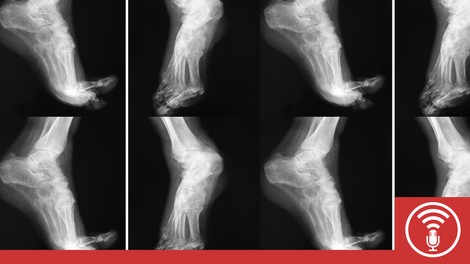Your podcast discovery platform
Curious minds select the most fascinating podcasts from around the world. Discover hand-piqd audio recommendations on your favorite topics.

piqer for: Health and Sanity Global finds
I was born in 1987 in Bucharest. I studied Psychology and Educational Sciences at the University of Bucharest. For two years I worked in a psychotherapy practice, dealing with gambling addicts. I'm an independent reporter, writing and doing video reportages mostly about social and political issues. I am currently based in Jena.
Podcast: A Short History Of Foot-Binding
Why is it that for almost a thousand years about three billion Chinese women malformed their feet through foot-binding? How did it become a thing? What have been the cultural and political implications of foot-binding? And what brought the practice to an end? These are all questions that this episode of Stuff You Should Know answers.
The practice of foot-binding started around 970 AD, when the then-emperor saw a ballerina with wrapped feet dancing, and he was enchanted. It took only that, and the other girls and women – who all wanted to be liked by the emperor – were soon going at it, soaking their feet in hot water and animal blood almost everyday, wrapping bandages around them, folding the toes in and so on. Later, when it become a tradition, the ritual of transforming your feet began at 4 years old and it was performed by your grandma or a village lady. It goes without saying that the pain as you were receiving this treatment, and for pretty much the rest of your life, was excruciating.
When you look at the long-lasting effects of this tradition, you find, among other things, that it both fostered dominance over women (because women who were, for example, victims of domestic violence couldn't run away; they also couldn't travel handicapped as they were, hence they became very dependent on their husbands), and it also created strong bonds between women.
Stay up to date – with a newsletter from your channel on Health and Sanity.
